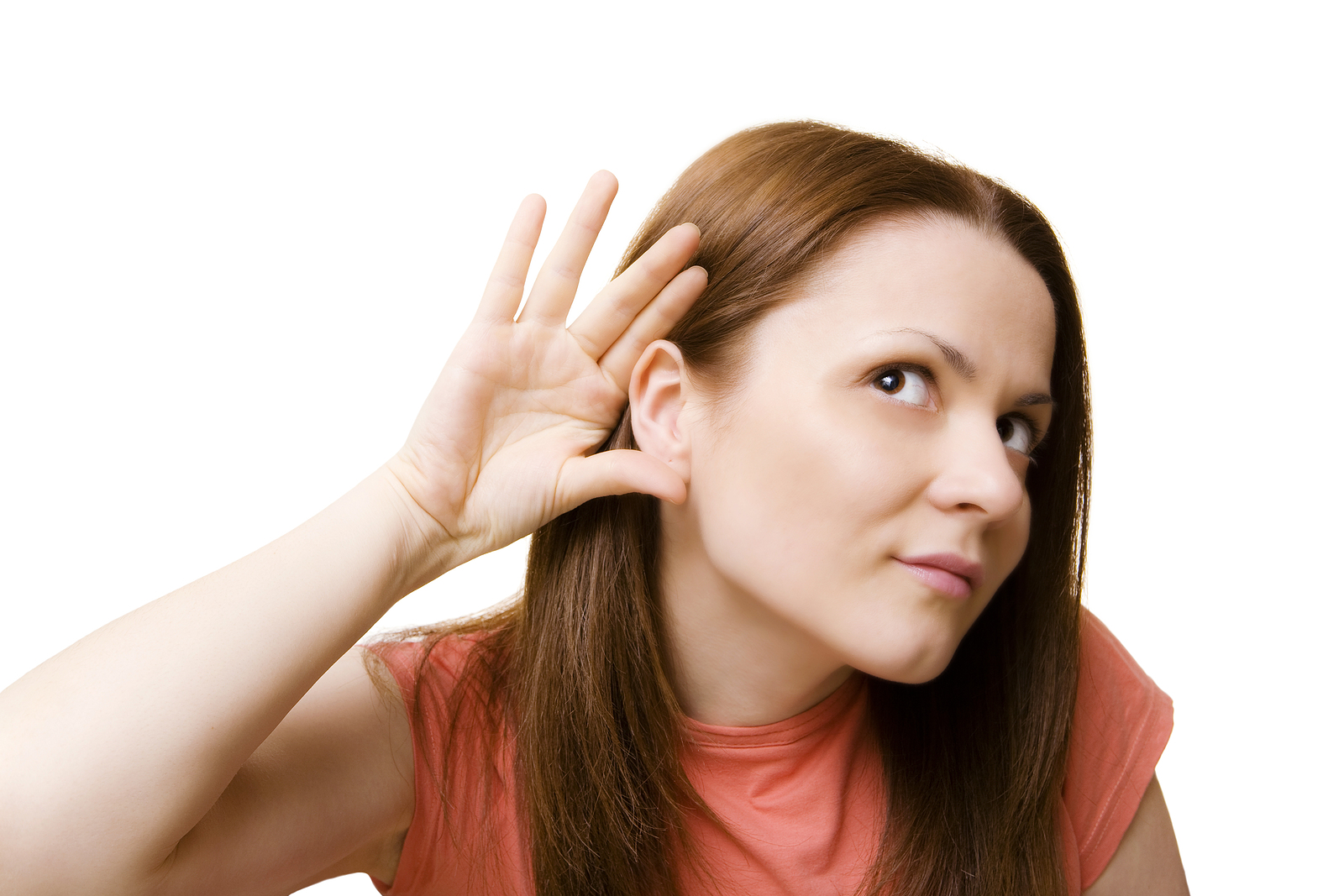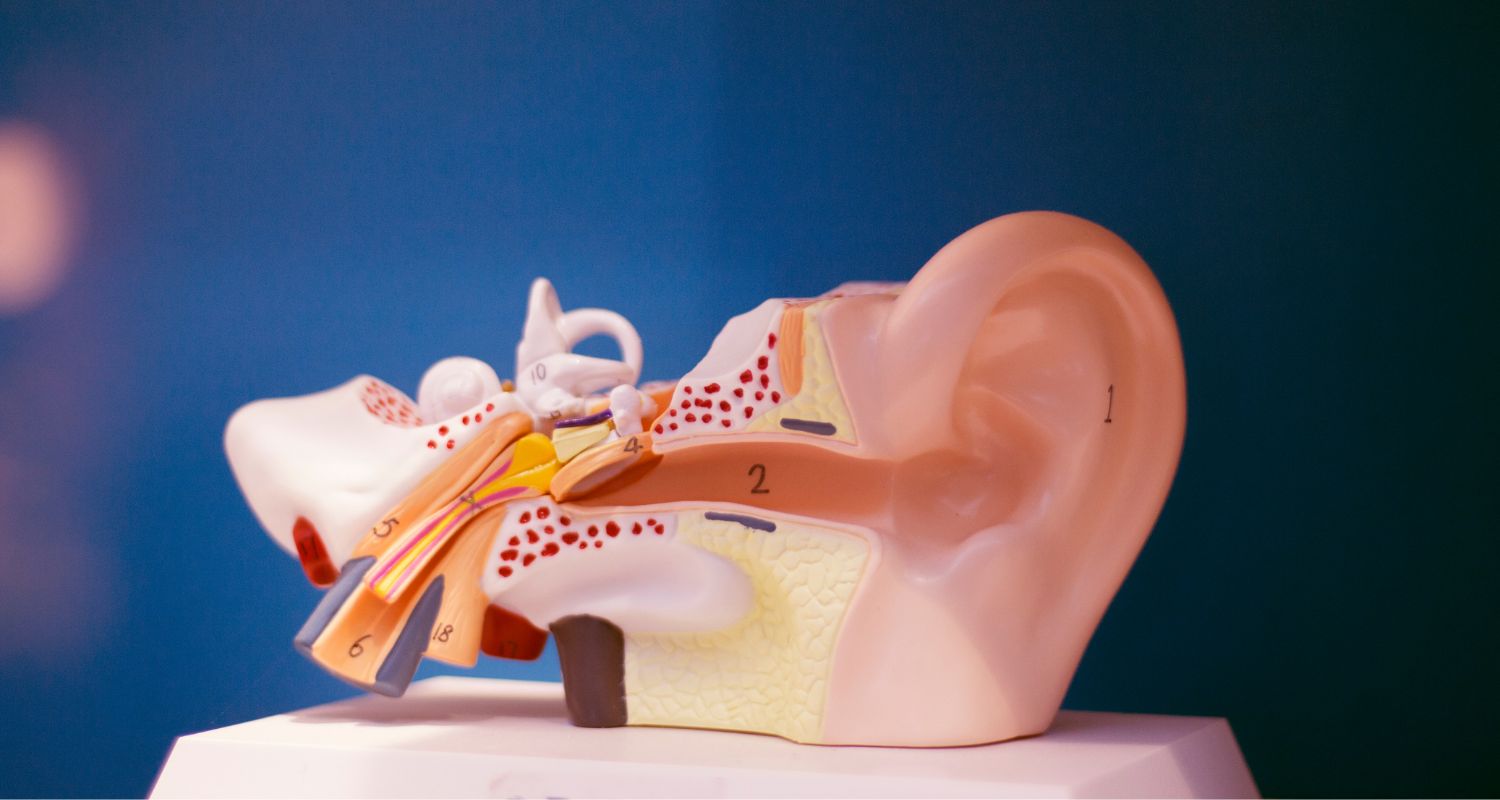Tips to Manage Balance Issues
According to the National Institute on Deafness and Other Communication Disorders, nearly 40% of people in the U.S. will experience dizziness or other balance-related challenges during their lifetime. Also, it is estimated that 15% of adults have a diagnosed balance disorder.
If you experience balance issues and/or have a balance disorder, there are strategies you can practice to best manage symptoms. The following tips can alleviate symptoms and increase your safety.
Balance Disorders: Types, Causes, Symptoms
A balance disorder affects the vestibular system which is the sensory system that maintains balance. This system is constantly sending the brain information related to position, movement, and posture which helps us maintain balance as we move through space. The main component of the vestibular system is the vestibular labyrinth which contains three semicircular canals and the otolith organs. These components along with sensory receptors detect and communicate signals related to head motions and the body’s position in relation to gravity. This allows us to have spatial awareness and walk without falling over.
There are over a dozen balance disorders that impact the vestibular system and create balance issues. A few common balance disorders include the following:
- Meniere’s Disease: the cause of this inner ear disorder is unknown but experts list constricted blood vessels, viral infections, or autoimmune conditions as potential causes. Meniere’s disease occurs when there’s an accumulation of fluid in the inner ear, producing inflammation that triggers symptoms like vertigo, dizziness, and hearing loss.
- Benign Paroxysmal Positional Vertigo (BPPV): this type of vertigo is activated by head movements. It occurs when crystals in the otolith organs fall out of place which can be caused by head injuries.
- Vestibular Neuritis and Labyrinthitis: these are inner ear infections that produce inflammation and affect information about movement being sent to the brain.
Balance disorders can produce a range of symptoms that include:
- Dizziness and vertigo
- Feeling light-headed and faint
- Loss of balance
- Spatial disorientation,
- Grabbing onto something to hold, needing to sit down
- Hearing challenges, tinnitus – a ringing noise in the ears
- Blurred vision
If any of these symptoms seem familiar, it is important to be assessed for balance disorders. In addition to this, there are tips you can practice to help manage these symptoms.
Tips to Effectively Manage Balance Issues
There are several strategies you can implement to help manage your symptoms, reducing the impact balance disorders can have on everyday life. A few tips include:
- Treat Balance Disorders: identifying the underlying cause of a balance disorder can take some time because there isn’t a defined list of symptoms and the symptoms people experience can signal numerous other medical conditions. The first step is to be evaluated by a specialist like an ENT (ear, nose, and throat) doctor who will use various tests to assess your symptoms. Treatment options depend on the underlying cause and can include: medications to alleviate symptoms, vestibular rehabilitation therapy (VRT), and canalith repositioning.
- Treat Hearing Loss: evaluating balance disorders often involves testing your hearing health because balance issues can trigger hearing health challenges. The most common treatment for hearing loss is hearing aids which are electronic devices that help process speech as well as sound. This helps the ears and brain absorb, process, and understand sound which alleviates symptoms as well as maximizes the capacity to hear. Research shows that hearing aids increase spatial awareness and safety, reducing the risk of experiencing falls.
- Exercise: experts suggest that regular engagement in exercise can help improve balance and equilibrium. This can be as simple as taking a daily walk and stretching. Another great way to increase physical activity is to find a hobby or exercise that you enjoy doing: swimming, golfing, water aerobics, etc., and sign up for a class.
- Use Assistive Devices: there are various types of assistive devices that provide support in maintaining balance and stability. This includes walking aids like canes, handrails, grab bars, non-slip mats in the bathroom, raised toilet seats, etc.
- Make Dietary Adjustments: some substances can trigger or worsen symptoms of balance disorder. Reducing or eliminating the consumption of these triggers can be useful. This includes caffeine, alcohol, salt, and MSG. Additionally, you should increase your daily water intake.
- Remove Hazards: take the time to assess your living space and remove any potential hazards. This includes loose rugs, electrical wires, broken chairs, other unstable furniture, etc.
These tips can help you manage symptoms and reduce the impact of balance issues. Contact us to learn more about the resources that are available to you!







Leave A Comment